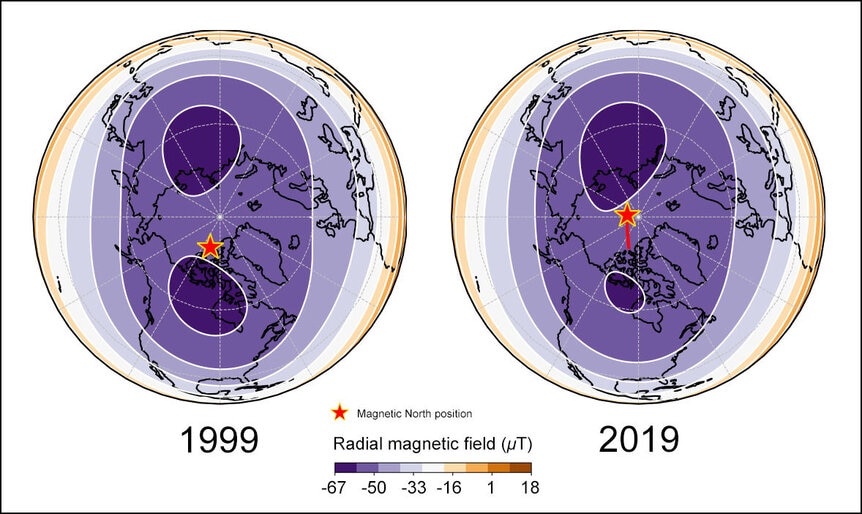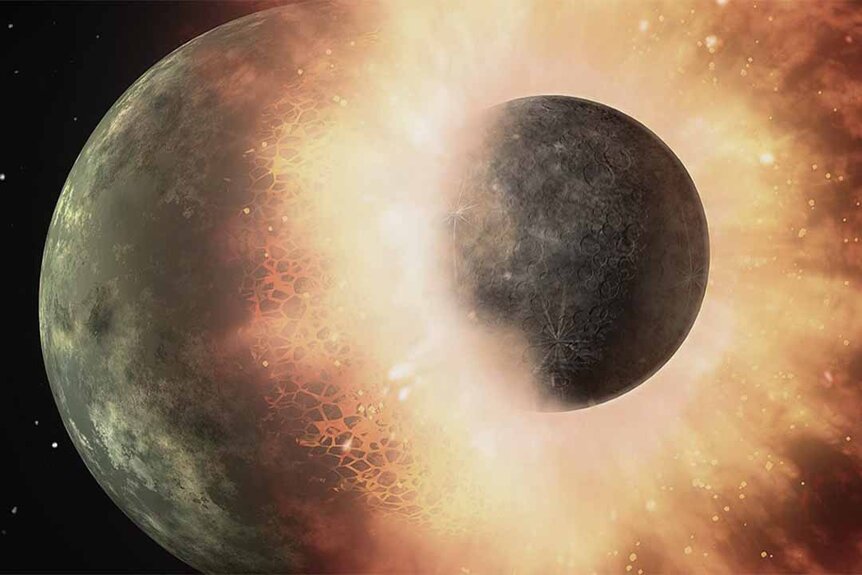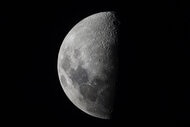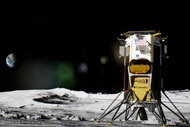Create a free profile to get unlimited access to exclusive videos, sweepstakes, and more!
Earth's Mantle May Be Partially Made of a Different, Dead Planet
The Earth might have gotten an early organ transplant from the planet Theia.
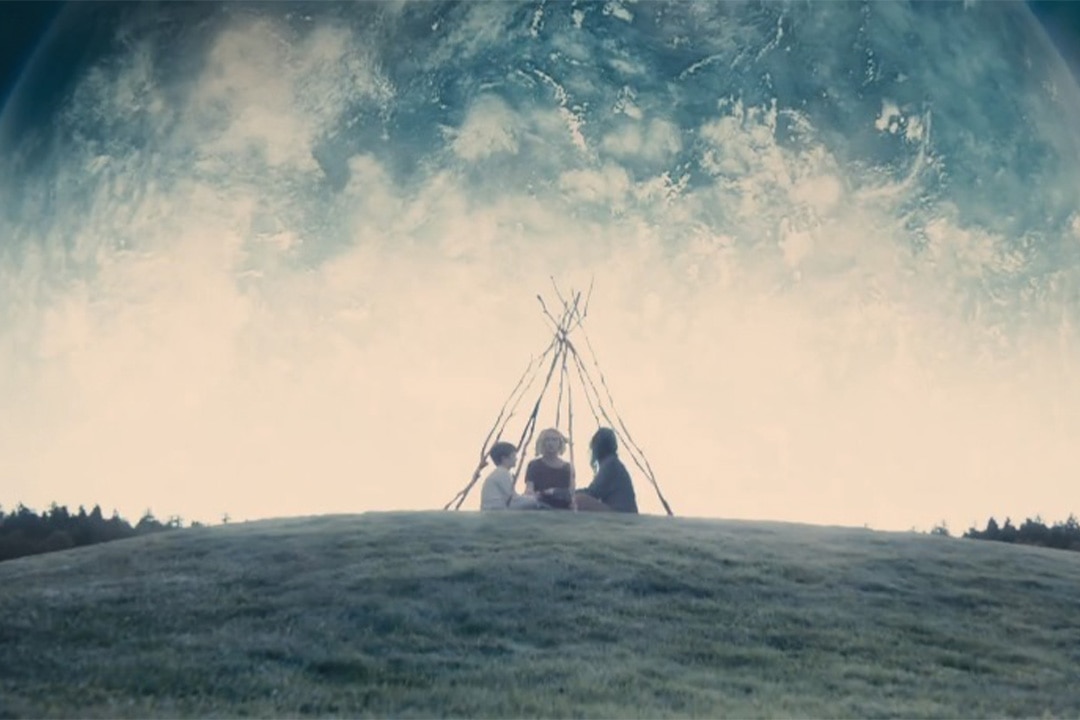
Lars von Trier’s 2011 apocalyptic drama Melancholia (streaming now on Peacock) tells an incredibly personal story with stakes on a cosmic scale. Kirsten Dunst stars as Justine, a woman about to be married at a mountainside castle. Unfortunately, the nuptial celebrations are punctuated by the appearance of a recently discovered planet, the titular Melancholia, and its inevitable collision with Earth.
Worrying something will go wrong during your wedding is a pretty common source of anxiety, but the violent reshuffling of planetary decks seen in Melancholia is on another level entirely. It’s unlikely that an unexpected world will sideswipe us in the foreseeable future, but if one did, it wouldn’t be unprecedented. Scientists believe that a dustup between the primitive Earth and a protoplanet called Theia may have left a fingerprint in Earth’s mantle.
Explaining the Earth’s Mysterious Internal “Love Handles”
Scientists probe the guts of the planet by listening to the way seismic waves move through different parts of the world. When an earthquake goes off, it sends ripples through the planet’s interior and all the way through to the other side. Measurements picked up by detectors opposite the source of an earthquake are able to see how the waves moved through each layer of the planet and, in the way, discern what the planet’s interior is made of.
RELATED: A Double Moon Collision Could Have Formed Saturn’s Rings
Over the years, scientists realized that Earth’s mantle isn’t consistently constructed but instead has a couple of extra-dense blobs, each the size of a continent, hanging out in the lower mantle. Those blobs are known officially as the large low-velocity provinces or LLVPs. They are so named because seismic waves passing through these regions do so more slowly than in surrounding regions. The weird behavior of seismic waves tells scientists that the blobs are compositionally different, made of denser stuff, than the surrounding material.
The origin of those blobs has been a matter of great speculation but with few answers within the scientific community. Now, a team of scientists propose that the blobs may have been leftover by the collision of Earth and Theia 4.5 billion years ago, according to a recent study published in the journal Nature.
How the Earth Became a Mashup of Two Planets
In the early days of the solar system, when the planets were just coming together and still finding their places in the great celestial dance, there were two proto-planets in roughly the same orbit. One was the primitive Earth, still a roiling mass of molten rock, and the other was a Mars-sized world called Theia. Then the two worlds smashed into one another like colliding bullets and became a gravitationally bound crime scene.
When the dust settled (literally and figuratively), what remained was the Earth, pretty much as it exists today, and the Moon. But it’s unlikely that the two proto-worlds remained distinct after the collision. Some of Theia very probably embedded itself into the Earth, while chunks of the Earth were ejected into space and eventually coalesced into the forming Moon.
RELATED: Is a treasure trove of stuff from Earth’s formation just waiting to be found in its depths?
At the time, Earth’s mantle was made of a molten upper layer and a mostly solid lower level. Simulations from the new study suggest that the upper liquid layer would have easily accepted molten material from Theia, allowing it to mix in. Meanwhile, denser solid material from Theia sank through the liquid and embedded itself in the solid layer below. Over time, the denser liquid material from Theia sank to join it, forming the two blobs that remain in place today.
The models work out and the idea makes narrative sense, given what we know about the early solar system, but simulations are never as good as physical evidence. Next steps will involve comparing rock samples from the Earth’s mantle with samples from the Moon. If the two disparate samples are found to have similar compositions, that would go a long way toward supporting the idea of a rock exchange program between proto-Earth and Theia.
See what happens when worlds collide in Melancholia, streaming now on Peacock.
